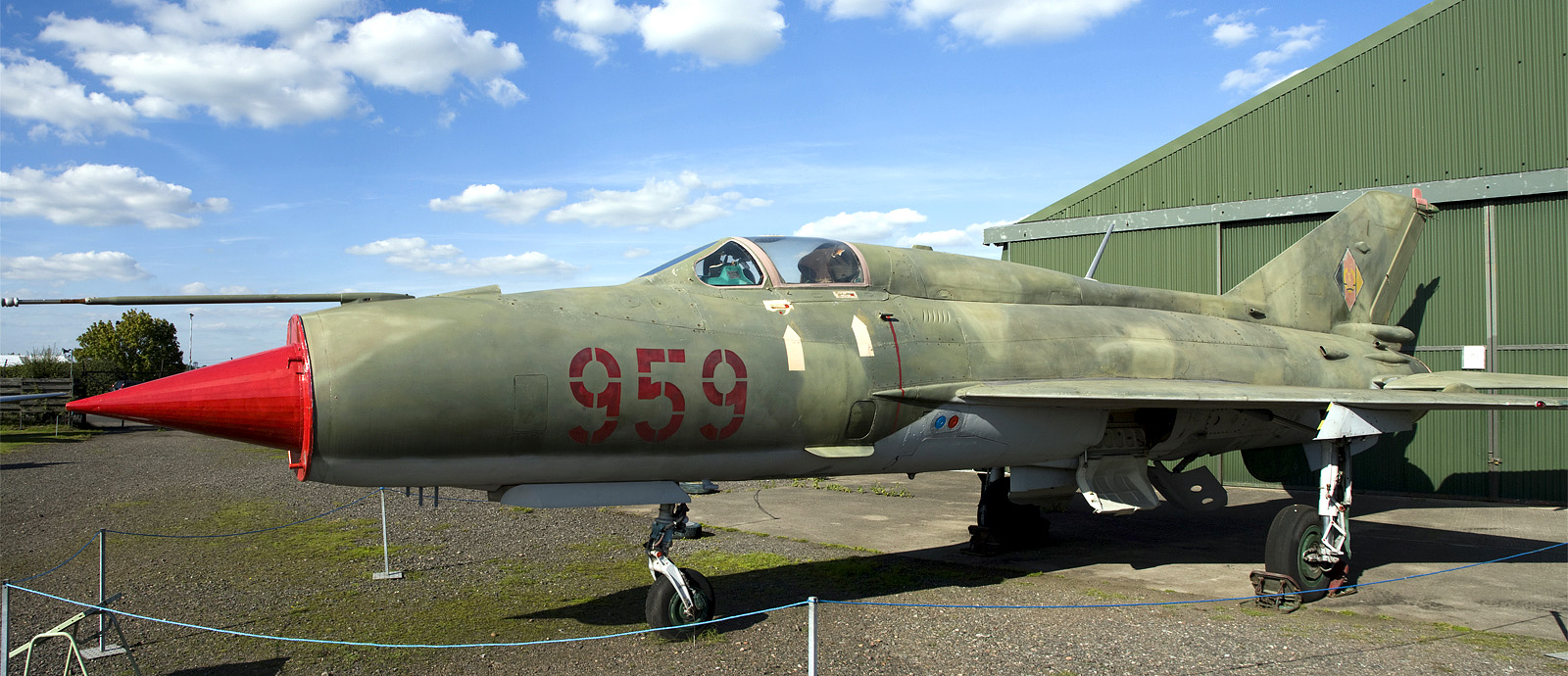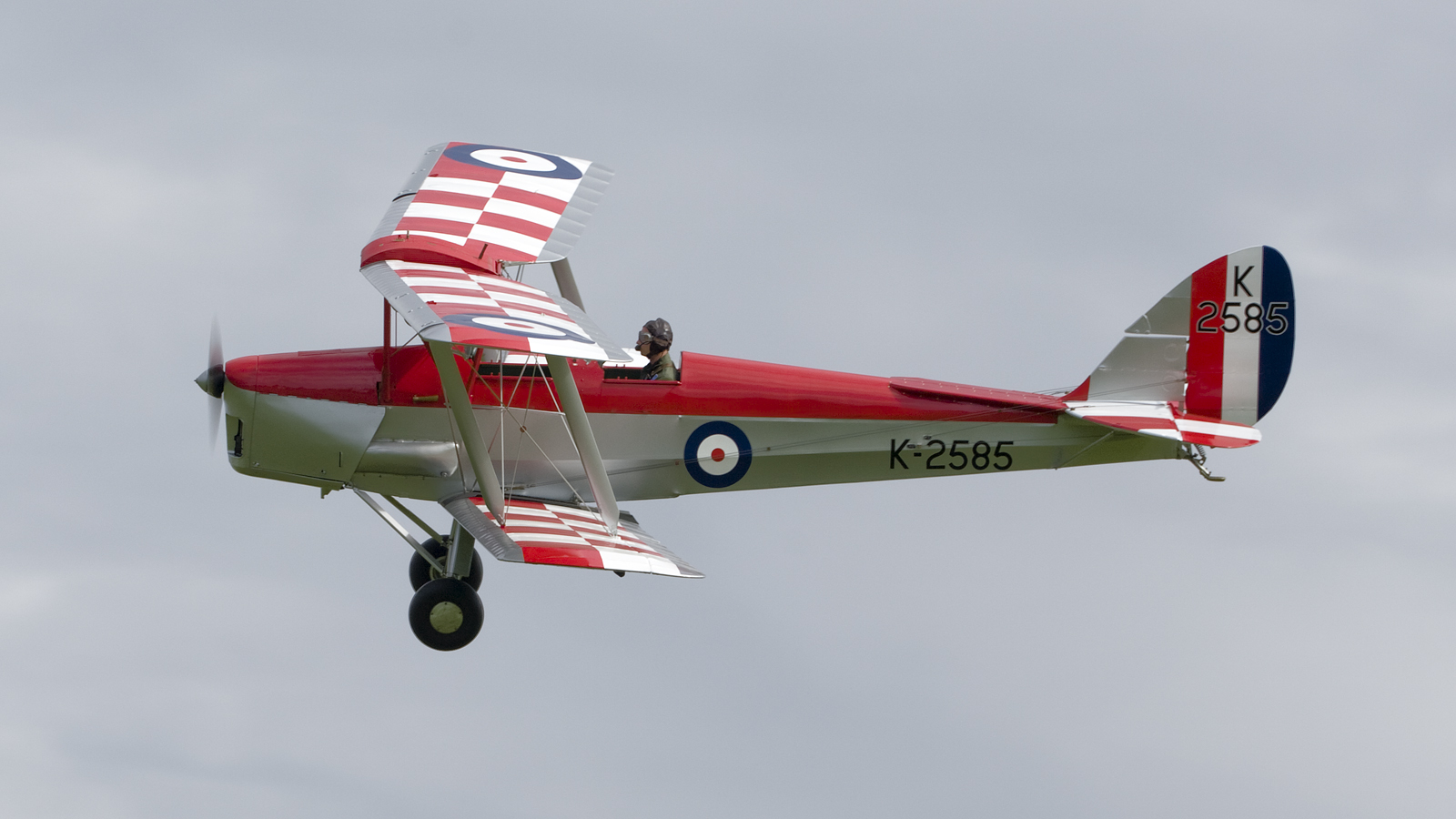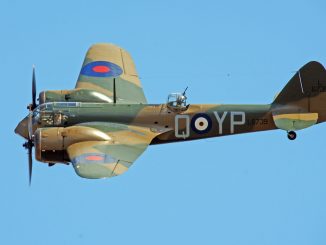
The Red Arrows are the Royal Air Force’s aerobatic display team, known for their precision flying and breathtaking air displays. Based in the UK, they perform elaborate aerial maneuvers and formations, often featuring red, white, and blue smoke trails. The team has been in operation since 1965 and is recognized as one of the world’s premier aerobatic teams, with displays seen by millions around the world each year.

Each year, they train extensively to perfect their formations, including iconic moves like the “Diamond Nine” and “Phoenix,” which are crowd favorites. Flying the BAE Systems Hawk T1 jet, the Red Arrows team is made up of highly experienced RAF pilots, typically those with a background in combat and operational flying. Their routines not only showcase exceptional flying skill but also represent teamwork, precision, and British heritage on a global stage.
History

The Red Arrows were established in 1965 as the official aerobatic team of the Royal Air Force (RAF), created to represent British aviation excellence and foster public interest in the RAF. Before the Red Arrows, various RAF squadrons, including the “Black Arrows” and the “Blue Diamonds,” performed aerobatic displays, but by the 1960s, it was decided that a single team would represent the RAF. Since their formation, the Red Arrows have performed over 5,000 displays in 57 countries, serving as a symbol of British pride and RAF heritage.
Key Milestones and Evolution


- 1964-1965: The Red Arrows were formed at RAF Little Rissington, using Folland Gnat trainers, small, agile jets that suited their need for precision. They debuted with a seven-aircraft formation but soon expanded to nine jets, creating their famous “Diamond Nine” formation.
- 1966-1980: The team gained international fame with performances across Europe, marking them as one of the world’s premier aerobatic teams. The distinctive red color of the aircraft was introduced to enhance visibility in the sky, creating the iconic look associated with the team today.

- 1979: The Red Arrows transitioned to the BAE Hawk T.1 jets, which they still fly. The Hawk provided increased speed, power, and maneuverability while maintaining reliability and cost-effectiveness.
- 1980s and 1990s: This era saw further international recognition, with displays in countries like the USA, Australia, and the Middle East. The team became ambassadors of British culture and engineering on a global stage.
- 2000s: Despite changing RAF priorities and budget constraints, the Red Arrows continued to operate, supported by the public and the UK government, and they adapted their performances to suit evolving safety and operational standards.



Training, Team Structure, and Safety
The Red Arrows consist of nine display pilots, all of whom are seasoned RAF pilots with thousands of flying hours. Typically, Red Arrows pilots serve a three-year term. Each year, they undertake a rigorous training schedule, including exercises in precise formation flying, aerobatics, and synchronized maneuvers to maintain their display standards.
Safety is paramount, and the team has implemented many safety advancements over the decades. Pilots train at RAF Scampton and undergo intense practice sessions to perfect each routine.
The Red Arrows Today
Today, the Red Arrows are a powerful symbol of British skill and dedication. They continue to perform across the UK and internationally, thrilling millions and inspiring young people to consider careers in aviation and engineering. Their demonstrations often support military charities, bolster international relations, and celebrate key British events, from royal celebrations to Olympic Games.
Their history and precision have made the Red Arrows an iconic part of the UK’s aviation heritage, showcasing a combination of British engineering, skill, and teamwork for nearly six decades.
Formations
The Red Arrows are renowned for their breathtaking formations, many of which have become signatures of their displays. Each formation is carefully choreographed and executed with remarkable precision, showcasing both individual skill and seamless teamwork. Here are some of their most iconic formations:
1. Diamond Nine

- Description: The team’s most recognizable formation, with nine jets forming a diamond shape.
- Significance: This formation showcases the classic nine-ship configuration of the Red Arrows and highlights their discipline and unity.
2. Phoenix

- Description: Jets arrange to resemble the outline of a phoenix, often trailing colorful smoke as they spread apart.
- Significance: Symbolizes rebirth and renewal, creating a dramatic opening or closing moment in displays.
3. Concorde

- Description: A tribute to the famous British-French supersonic airliner, the aircraft position themselves to mimic the iconic shape of the Concorde.
- Significance: Honors British engineering and aviation history, combining the nostalgia of Concorde with the Red Arrows’ expertise.
4. Big Vixen Break

- Description: The jets fly in a tight arrow formation before breaking apart in different directions.
- Significance: Often used as a finale, this formation creates a powerful, dynamic visual impact as jets diverge and leave smoke trails across the sky.
5. Goose

- Description: The formation resembles a bird flying in a V-shape, with aircraft arranged to mimic the natural “V” of geese in flight.
- Significance: Known for its graceful simplicity, the Goose formation requires precise spacing and alignment.
6. Apollo

- Description: Aircraft form a diamond-shaped arrangement similar to the “Diamond Nine,” but with jets aligned differently to create a more spaced-out effect.
- Significance: Represents space exploration, nodding to the Apollo missions.
7. Rollbacks


- Description: Pairs of aircraft perform barrel rolls in opposing directions while flying close together.
- Significance: Demonstrates the pilots’ individual skill, as they need to maintain alignment while executing complex maneuvers.
8. Mirror Roll

- Description: Two jets fly in a mirrored position, with one inverted above the other.
- Significance: An incredibly difficult formation requiring precise timing, positioning, and coordination between the two pilots.
9. Heart and Cupid’s Arrow

- Description: Two jets create a large heart shape in the sky with smoke trails, while a third “arrow” jet flies through the heart.
- Significance: This romantic formation is often performed during Valentine’s Day events or special occasions, thrilling audiences with its visual impact.
- Red Arrows 60

10. Chevron and Snake

- Description: Jets form a chevron shape, followed by a “snake” maneuver, with jets creating a winding pattern as they follow the leader.
- Significance: These formations showcase smooth transitions and cohesive movement, displaying the team’s ability to change configurations mid-display.
11. Typhoon and Tornado

- Description: Named after British aircraft, these formations involve jets flying in a wide, sweeping pattern, often in tighter formations than usual.
- Significance: The Typhoon and Tornado formations pay homage to other RAF aircraft and add variety to the routine with sweeping, aggressive formations.
Each formation demonstrates a unique aspect of the Red Arrows’ skill, from synchronized team flying to high-speed precision. Their displays are not only a test of aeronautical skill but also a tribute to teamwork, discipline, and the heritage of British aviation.



















Photos Rob Vogelaar


